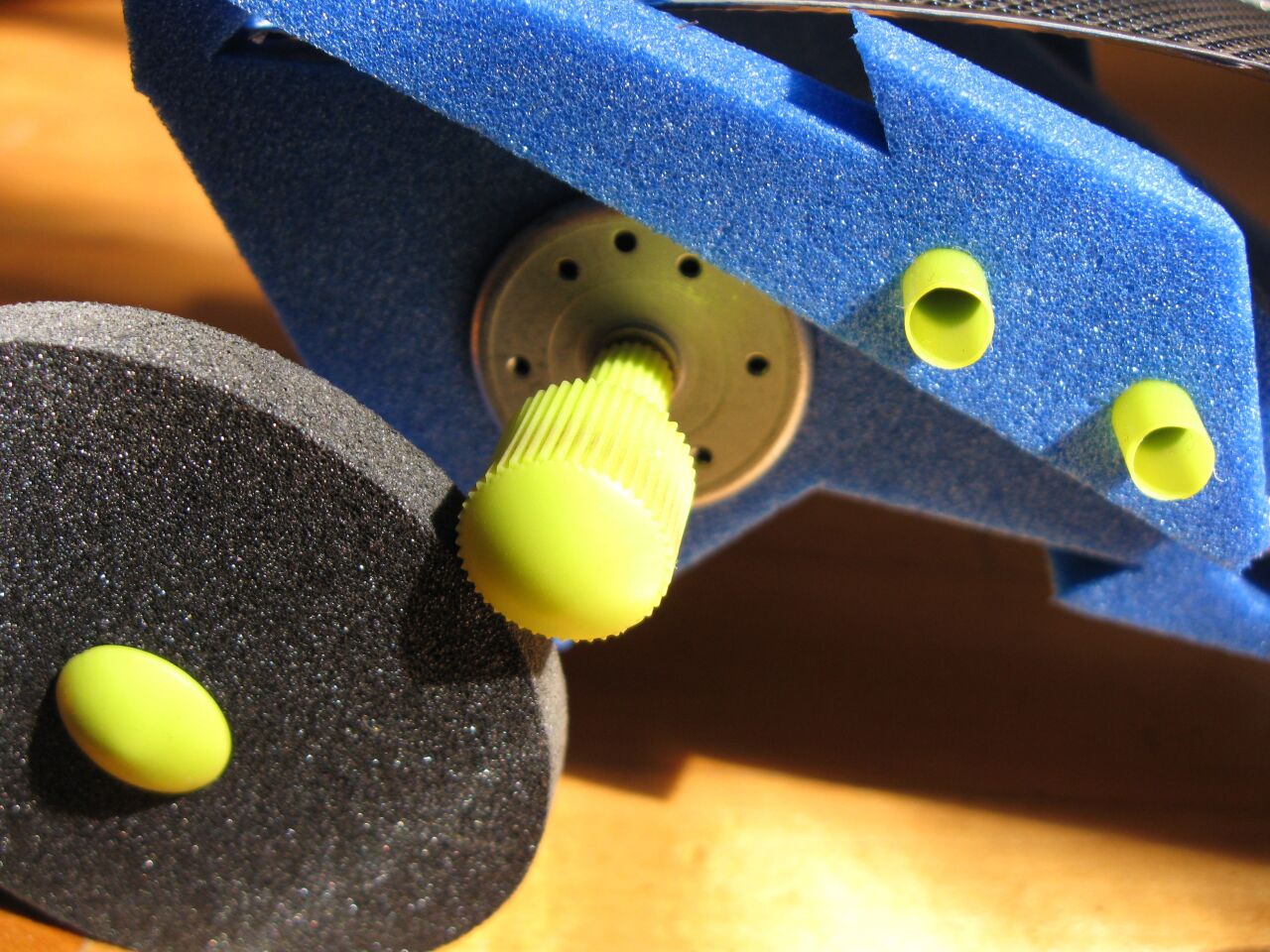While there are already a number of solar-powered model cars on the market, Toylabs' new Volta Racer is unique in a couple of ways – you put it together yourself, and it incorporates a flexible polycrystalline silicon solar panel. Although my days of playing with toy cars are behind me (sort of), my days of tinkering with things aren't, so I decided to check out one of the sun-powered autos for myself.
Given that the Volta Racer is aimed at children six years old and up, who will doubtless be receiving some help from their parents, I found that the difficulty level of assembly was just about right. It took me perhaps 20 minutes to put mine together. The instructions are clear and straightforward, and no tools or wiring skills are required.
Upon looking at the completed car, the feeling you get sits nicely at "Look what I made," instead of veering towards "How dumb do they think I am?" or "These guys don't realize that most people aren't engineers."
Using the Volta Racer is simple. You just clamp the motor's two clips onto the solar panel's positive and negative terminals, take it out into the sunlight, and set it on the ground. As gravity causes its body to sag down slightly, the motor's gear spindle engages the top of one of the back wheels, and away it goes.
The car is not remotely controlled, so it will just keep traveling in a straight line until something blocks its path. If you don't want to run after it, you can set its front axle at an angle, causing it to go around in circles. Whatever you do, you should be ready to answer questions from curious passers-by – I discovered that the car's "solar-powered vehicle" look really piqued some peoples' interest.

In its initial configuration, it doesn't go much faster than an easy walking pace. Users can set it to a slightly higher speed, however, by moving the motor to the other rear wheel and adding a plastic cap to the motor's gear (see photo above) – this increases its circumference, making it quite literally a "bigger gear." While this does increase the car's speed, you can still keep up with it at a brisk walk.
According to the instructions, the higher torque of the car's low-speed setting allows it to do some limited off-roading. That may be true under just the right conditions, although I found that mine really only performed well on smooth roads or sidewalks. When I tried it on gravel or short grass, it was usually only a matter of a few seconds before its single drive wheel would lose contact with the ground, and thus lose traction.
With its skinny foam wheels, bamboo axles and plastic-straw connecting rods, the Volta Racer probably isn't going to stand up to years of abuse. At just US$25, however, it's definitely a fun and inexpensive way of teaching kids about what can be done using solar power – and of getting them to say "Look what I made."
Product page: Volta Racers












